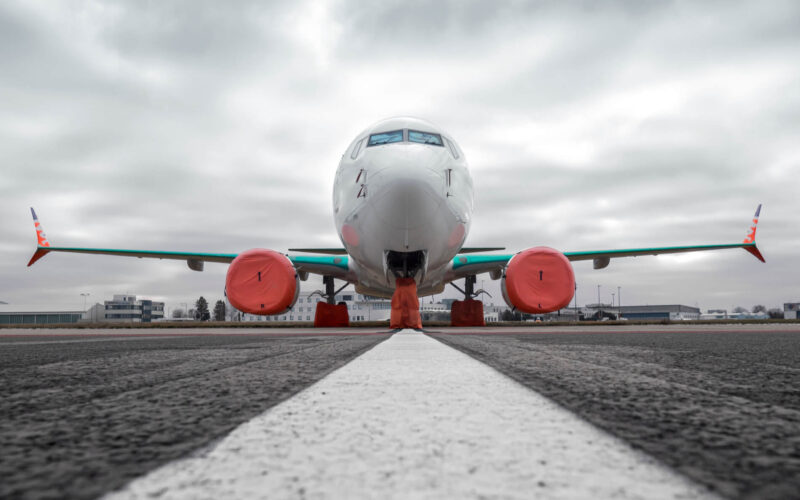Boeing 737 MAX, possibly the most troubled aircraft of our times, gears for long-awaited ungrounding. Yet a lot of barriers stand in its way, as the US Federal Aviation Administration (FAA) continues to follow a checklist of procedures necessary to certify it for the renewed service.
The last round of certification flights were finished in early July 2020, when changes to the automated flight control system were tested, verifying elimination of the main culprit of Boeing’s troubles. This led to changing the Airworthiness Directive (AD), the document keeping 737 MAX on ground.
On July 31, 2020 FAA announced plans to issue Notice of Proposed Rulemaking (NPRM), thus providing the public with a possibility to review and comment on design changes and procedures, an attempt to keep the certification process transparent. The AD documentation will become public, waiting 45 days for society’s judgement.
As the designated period ends, Boeing 737 MAX will have to pass a review of proposed training for flight crews and design documentation, then wait for Continued Airworthiness Notification to the International Community, before the FAA rescinds the Grounding Order and issues Certificate of Airworthiness. Some of these steps will also include an issue of the NPRM, further extending the airplane’s time on ground.
As reported by Reuters, an unnamed official from the FAA pinpointed the date of possible return to service sometime in October 2020, saying it is unlikely for the aircraft to be declared airworthy before. Boeing commented stating it would cooperate with the FAA and other agencies as long as needed: a bitter remark for the company which has not seen such a crisis in a long time.
The 737 MAX, a greatly revised version of Boeing’s old narrow body 737, was grounded in March 2019, after involvement in two tragic accidents just after its release. Together they resulted in the deaths of 346 passengers and crew, grounded the new promising airplane worldwide, and led a number of airlines to recall their future orders.

